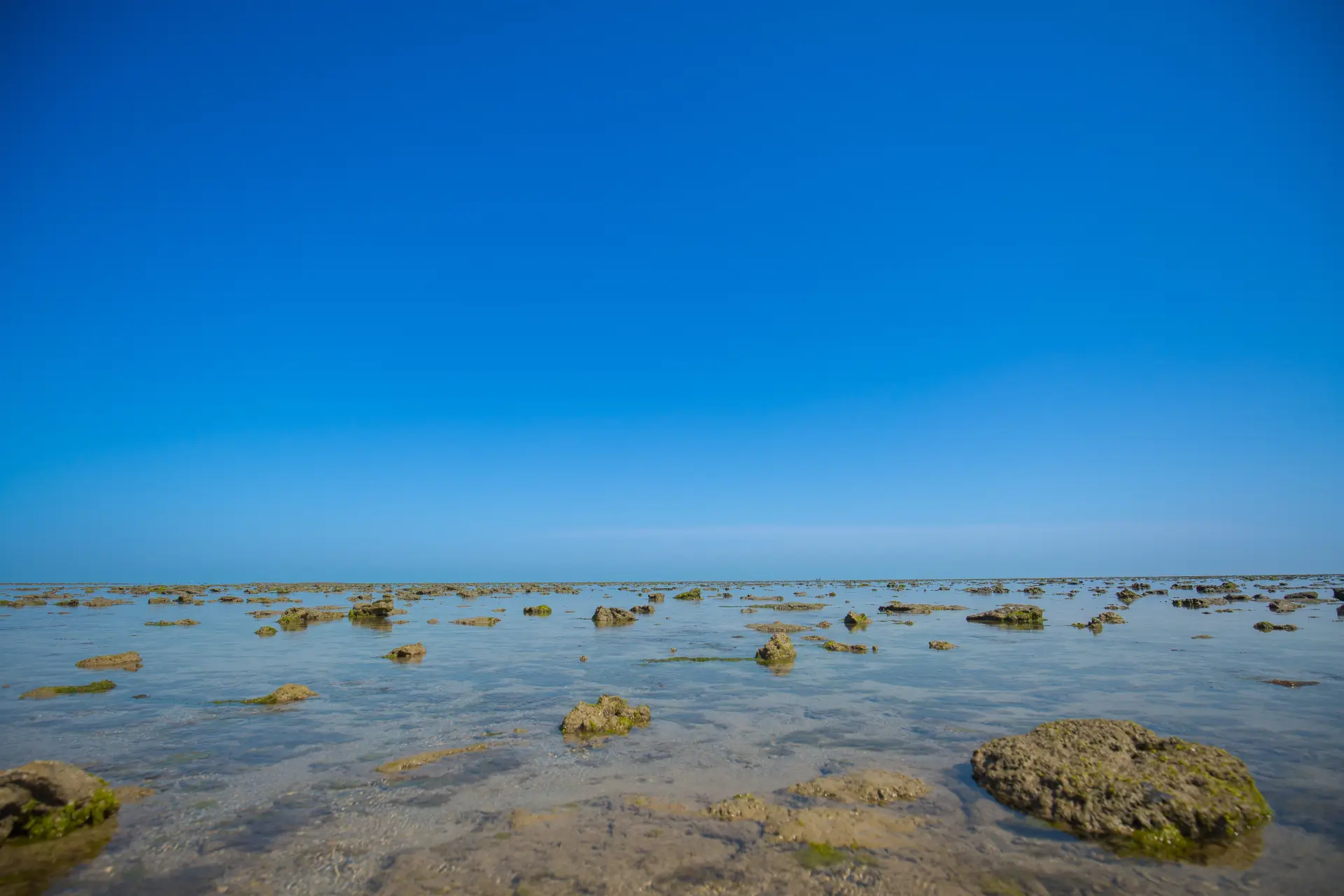
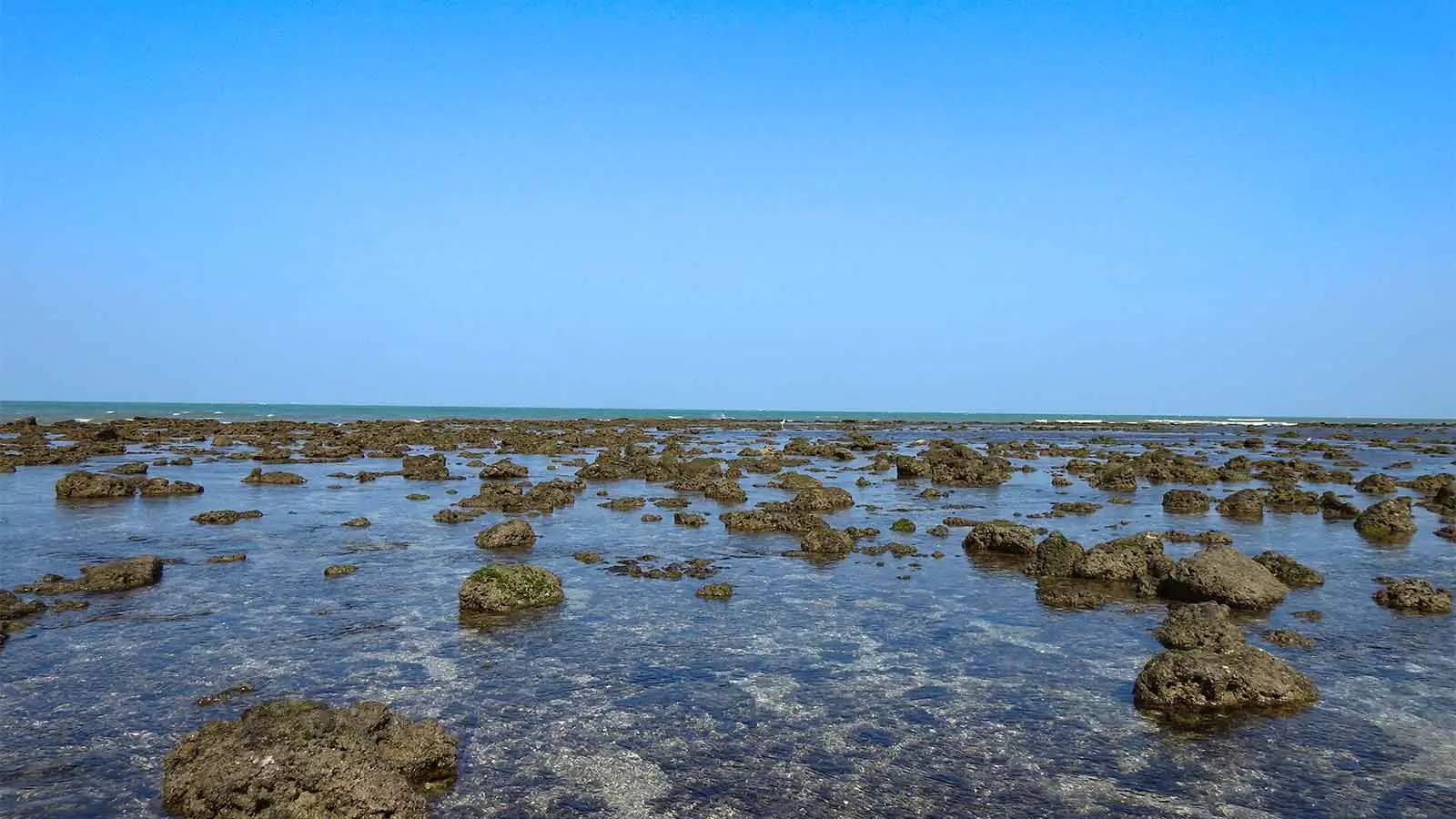
Marine
National Park
Latest Update : For the upcoming season 2025/26, safari bookings are open for Gir National Park. Always book your safari in advance.
In the archipelago of more than 40 islands, Marine National Park is India's first marine wildlife sanctuary and national park, located at the coast of Jamnagar Gujarat. 458 square kilometres of sanctuary and 163 square kilometres of national park is an oasis of marine and bird life. Witness those popular intriguing creatures you read, out of the book, in real life. Marine National Park is situated in the northern coast of Jamnagar district and southern coast of Gulf of Kutch. You will get to different islands here through boat rides witnessing various landscapes including the saline grasslands, marshy areas, creeks, mudflats, rocky shores, sandy strands, and most importantly, coral reefs and mangrove forest, home to the finest marine and birdlife.
The sanctuary is present in between the highest tide and the lowest tide region of the sea coast. Which means, it is covered in water during high tide and exposed during low tide. Lower tide allows more chances to spot rich diversity and marine habitat. So, come and explore these tropical islands to meet the finest of the ocean family.
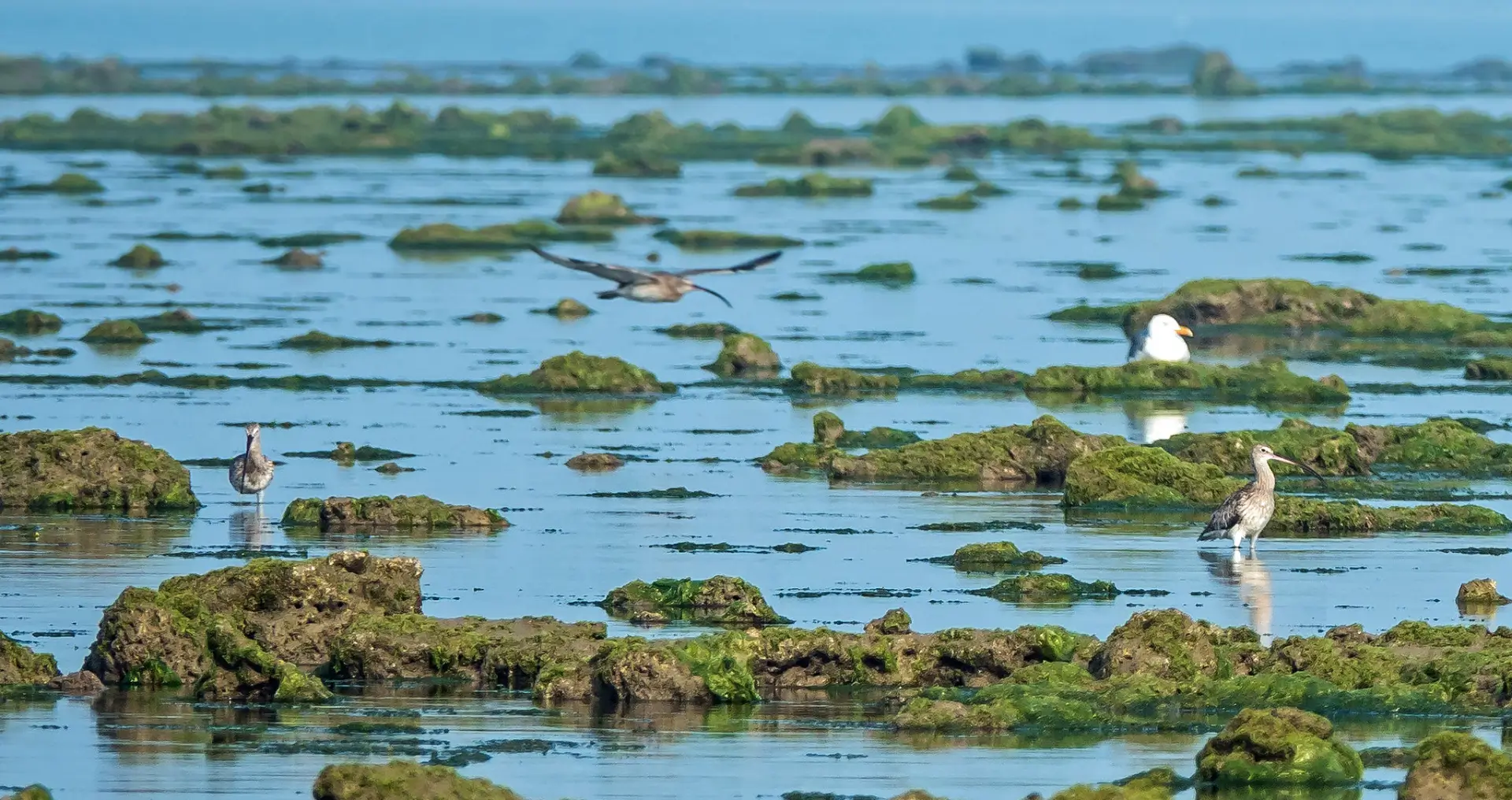
The marine National Park is populated by the mangroves as the major flora on the shores of the island. These unique curious trees unite themselves around the shore. They can be identified by their roots which come out of the water surface. This structure helps maintain balance between salt and fresh water system. There are around seven species of mangroves in these islands of Marine wildlife sanctuary. Mangrove forest also protects the soil from erosion, which is a common phenomenon that can cause a great change in the ecosystem of the marine national park.
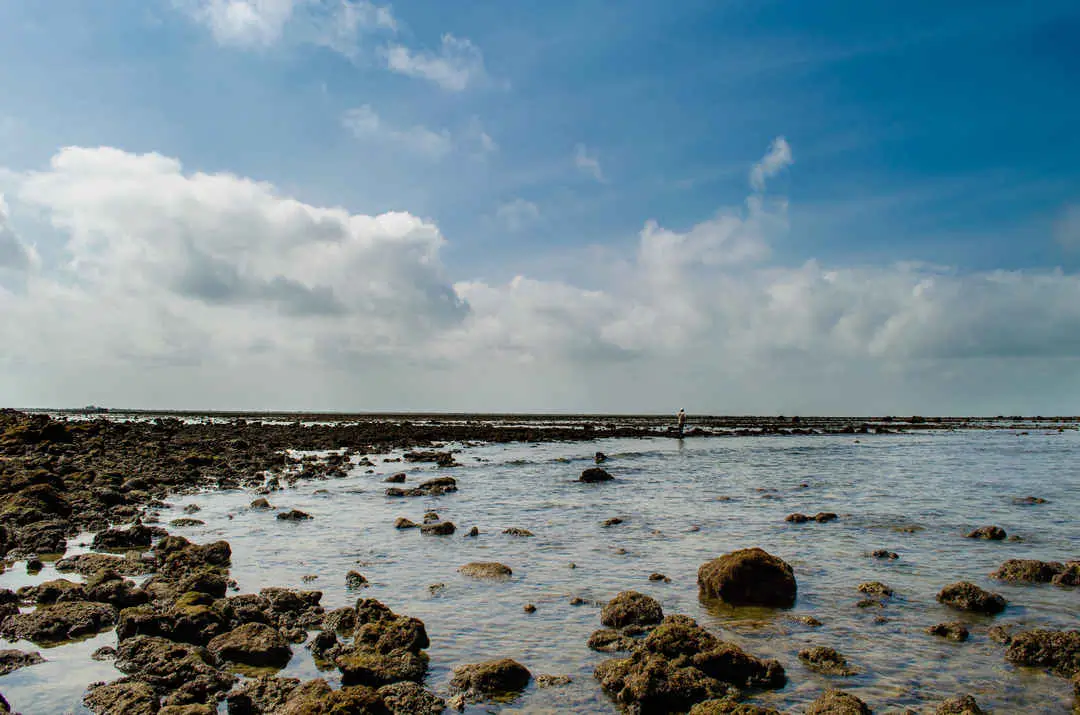
Experience a vibrant and unique ecosystem in Marine National Park, a distinct underwater forest of marine creatures with fantastic colors, patterns, and texture you only used to draw until now. Marine National Park is a keeper of the richest diversity of marine life and coral reefs. More than 40 coral species surround the islands and the finest ones are at the Pirotan, Narala, and Ajad islands of the sanctuary. These colourful marine creatures provide shelter to various other tiny marine species. Jellyfish, puffer fish, sea horse, stingray, mudskippers, and several species of sea snakes can be found in these reefs. Other charming residents of these ocean waters include pearl oysters, sea slugs, octopus, starfish, sea cucumbers, sea urchins, and sea turtles.
Not only these small creatures but you can also spot various big fish a little far in the ocean water including common dolphins, humpback dolphins, sei whales, bottlenose dolphins, blue whales, and whale sharks. Get a guide and spot various other small and big sea creatures in the shallow water region.
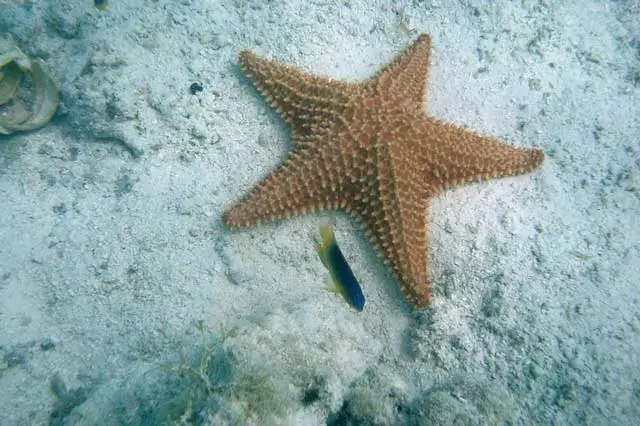
The rich wildlife biosphere of Marine National Park is home to various resident and migratory bird species. As winter starts approaching the border, this sanctuary is filled with colonies of multicoloured avifauna. On the beach and shallow waters, witness a flood of wading shorebirds more than you may have seen in months. Spot some long beaked birds on mangroove, waiting for fishes to come feed on the leaves. Or observe birds like Gulls and Kingfishers soaring over open water and swooping down to catch the fishes.
Among around 80 recorded species of avifauna in these islands witness great flamingoes, crab plovers, oystercatchers, storks, pelicans, seagulls, sandpipers, western reef egret, godwits, ruffs, terns, skimmers, redshanks, great egret, and ducks populating every corner of Marine National park.
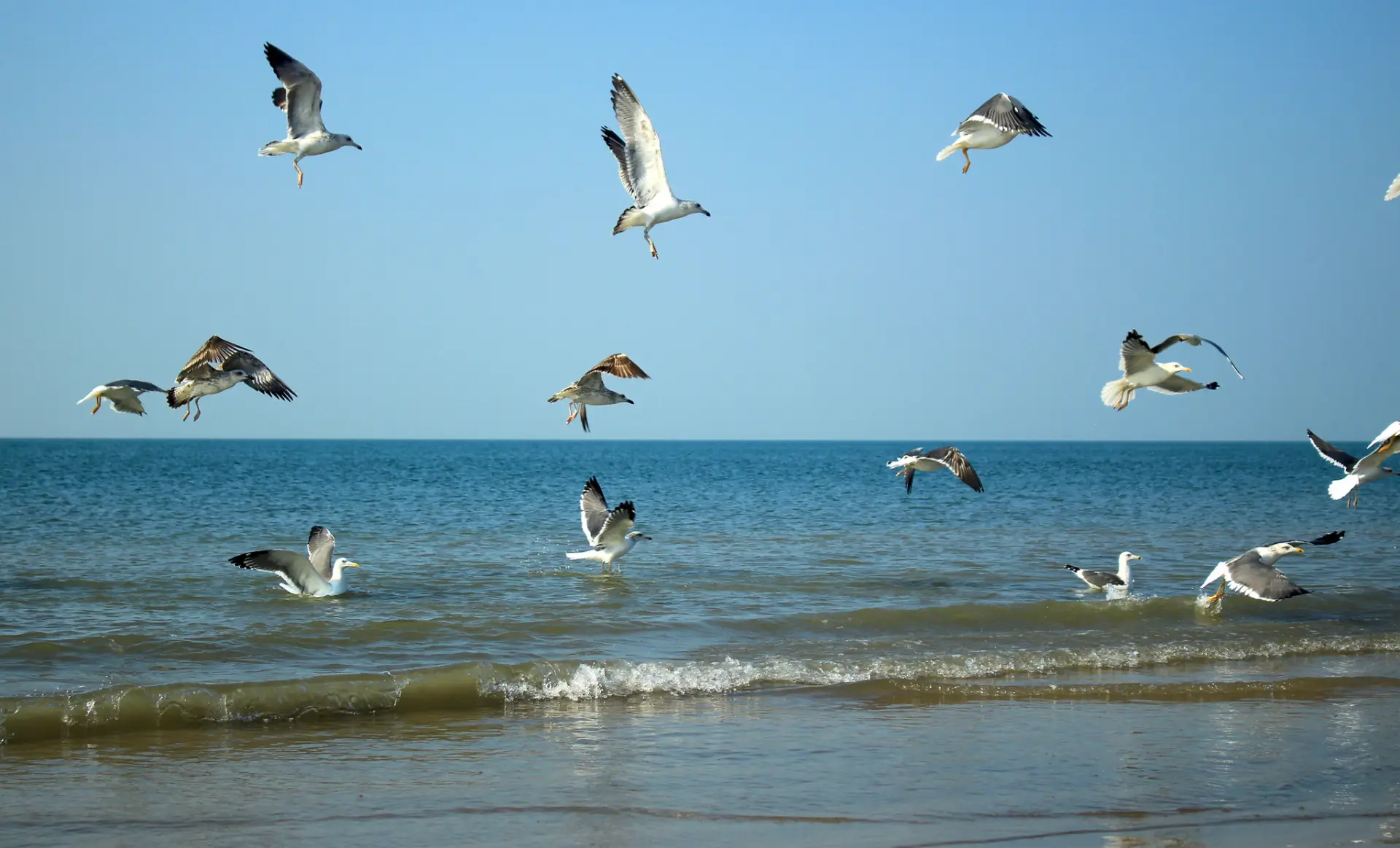
Marine National Park in Jamnagar, Gujarat, is an oasis of exotic marine and bird species; a perfect paradise for nature lovers to explore. The best time to visit Marine National Park is in the months of autumn and winter, between October and February. This time offers a soothing experience with a comfortable temperature and clear sky. Winter is the low tide season, which gives the opportunity to discover more areas on foot because of low water level. You can get on boat rides to observe diverse marine ecosystems. There are more chances to witness a sight with coral reefs and marine creatures like dolphins and turtles during winter in Marine sanctuary.
Winter also coincides with the migratory season of most notable bird species of the park. Thus, the region becomes a bird watcher's paradise during this time. Summer, on the other hand, can be extremely hot in Gujarat. Monsoon, from June to September, comes with a high rainfall making Marine National Park inaccessible due to high water levels.

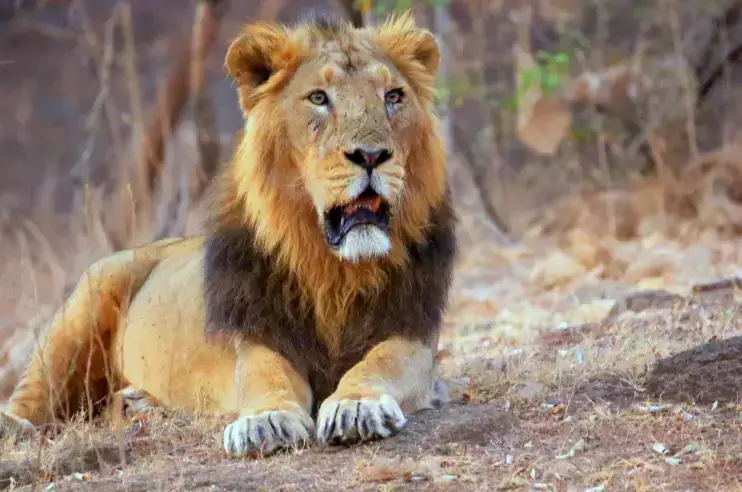
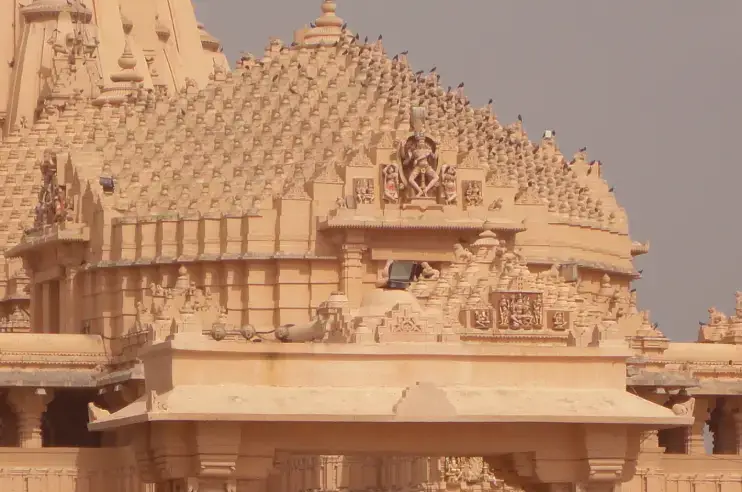
Some Frequently Asked Questions About Gir
Get In TouchThe Marine National Park and Wildlife Sanctuary is India's first marine national park. It is an archipelago with beautiful coral reefs, diverse marine life and bird life.
The Marine National Park and Wildlife Sanctuary is located in the Jamnagar district of Gujarat. It is present in the southern coast of the Gulf of Kutch.
Yes, the park is located in the intertidal zone, meaning the reefs and the islands are exposed during the low tide allowing tourists to see them without diving.
From the wide variety of marine life, major aquatic species in Marine National Park include Octopus, starfish, puffer fish, sea horse, stingray, sea turtles, prawns, crabs, lobsters, shrimps, and dolphins. While the birdlife includes Greater flamingo, great egret, oystercatchers, seagulls, ducks, pelicans, storks, and terns.
Yes, tourists have to pay an entry fee to get into the Marine wildlife sanctuary.